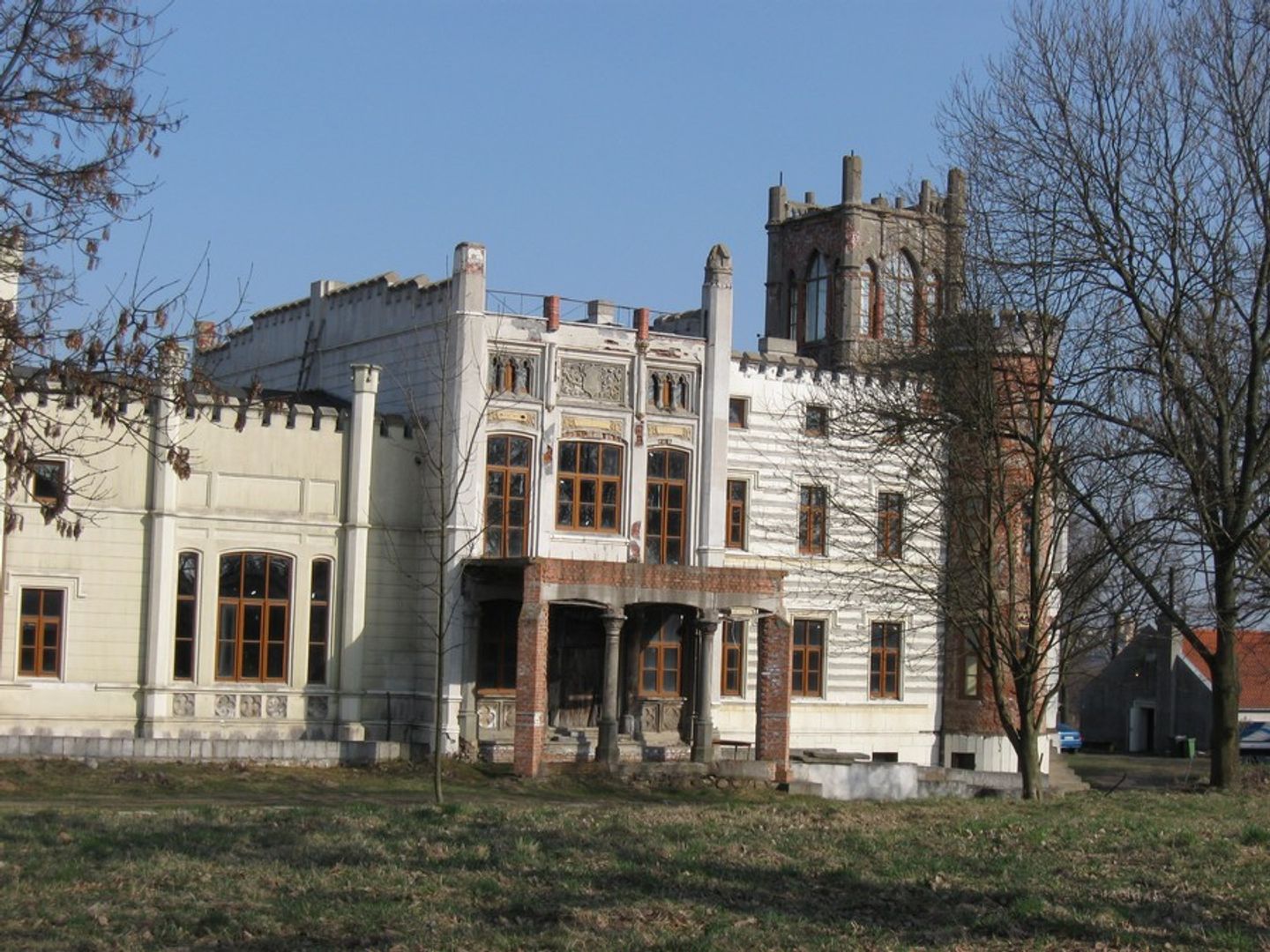Jankowo
6.58

Overview
Jankowo is a village in Poland, located in the Kuyavian-Pomeranian Voivodeship, known for its rich history, architecture, and unique archaeological finds. Between 1975 and 1998, the village was part of the Bydgoszcz Voivodeship. According to data from the 2011 National Census, Jankowo had 262 inhabitants, making it one of the larger localities in the Pakość municipality. During World War II, the village was renamed Adolfinenhof in honor of the estate heiress, Adolfina Strussberg. Geographically, Jankowo is situated near Lake Pakoskie, and its archaeological history dates back to the early Neolithic period, as confirmed by research conducted in the 1970s, which revealed numerous archaeological sites. On an island in Lake Pakoskie, a Lusatian culture settlement from the Hallstatt period was discovered, featuring a distinctive elliptical shape, a defensive rampart, and buildings centered around a central square. Among the finds were everyday tools, metallurgical artifacts, and traces of habitation. Jankowo is also known for its neo-Gothic palace, built around 1880 by Baron von Rheinbaben, which, along with its park complex, is listed in the register of historical monuments. The palace was admired for its architecture, with towers, ornate loggias, and an extensive English park home to 900 trees of 43 species. The palace's history is tied to German aristocracy, and its owners hosted social gatherings that influenced the region's social life. After World War II, the estate was confiscated, and the palace fell into ruin. Its modern history includes attempts at revitalization, though these were never fully realized, and the palace changed hands multiple times. An interesting fact is the discovery of a wooden deity head, allegedly crafted by a Scandinavian artist, which attests to the region's rich material culture and influences from various traditions. Today, Jankowo is a place with a fascinating history, valuable monuments, and the interest of researchers and tourists alike.
Location
2025 Wizytor | All Rights Reserved